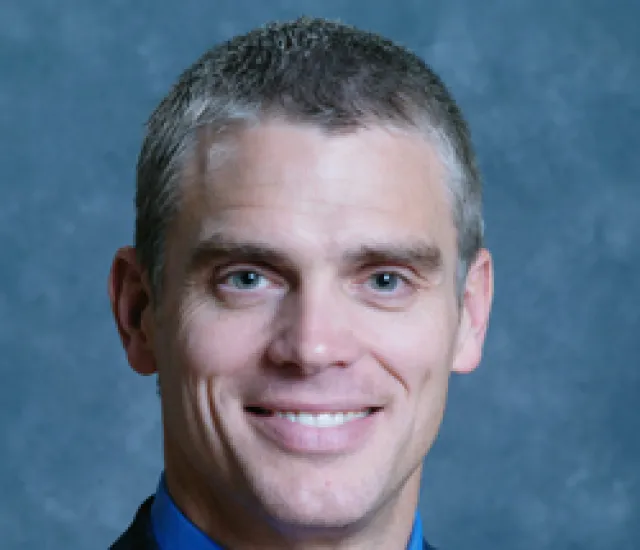When Jeff Scott, CIO of the $40 billion Alaska Permanent Fund, met Jeff MacLean, CEO of consulting firm Wurts & Associates, last year, he did not expect a meeting of the minds. After all, Scott, who had been a hedge fund manager and had overseen Microsoft’s $60 billion absolute-return portfolio before heading north to Juneau about three years ago, is known for his nontraditional, risk-based approach to portfolio management. “Most consulting firms live by mean-variance optimization and manager quartiles — not me,” he says.
To his surprise, however, Seattle–based Wurts was an exception. Like him, it had thrown mean-variance models out the window.
What’s more, Wurts’s MacLean told Scott that his firm had recently launched an “outsourced CIO” program — in which pension funds, endowments and foundations hand off core portfolio management chores to a firm like Wurts — and that he was looking for a like-minded soul to be its CIO.
During eight months of talks with MacLean, Scott concluded that he could indeed ply his brand of risk management under the $1.2 billion-in-assets Wurts imprimatur. In Alaska he’d hired five asset managers — AQR Capital Management, Bridgewater Associates, GMO, Goldman Sachs Asset Management and Pimco — to provide outsourced-CIO services to the fund to some extent ($500 million in assets apiece).
Scott says the financial crisis prompted $2 billion-and-under funds in particular to seek extra investment help. But that can be an expensive proposition. “If you hire a seasoned investment team, risk team and systems, then retain them, it’s between $5 million and $7 million,” he says. “The math just doesn’t work,” compared with calling in an outsourced CIO. That service can cost considerably less. Senior Writer Frances Denmark, who profiled Scott in the September 2010 issue of Institutional Investor, spoke to him about his new career.
Why leave the Alaska fund?
The decision to get closer to my family was the biggest driver. This is good news for my lovely wife, Carmen, and my eight- and ten-year-olds. I took 91 flights last year trying everything I could to get home. [When Scott worked in Juneau, his family stayed behind in Snoqualmie, Washington, because he was unable to sell their house.]
What becomes of your bid to implement a new risk philosophy at Alaska?
Alaska is in a great position. We’ve put in place a lot of the pieces of the puzzle. The culture and thinking about risk has been embraced across the organization. They’re going to need to hire someone who thinks along the risk spectrum we’ve built. They may even find somebody whose idea is superior to what I put in place.
How hard will it be for the fund to hire a new CIO?
[Executive director] Mike Burns and the trustees have elevated the fund’s reputation worldwide. I don’t expect them to have difficulty. If you’re into the outdoors, from river kayaking to skiing, Alaska is an oasis.
How will you go about your new job?
I will approach things as I have at Microsoft and Alaska and give that skill and experience to others. We brought in those five CIOs to show that the way money is managed is not mean-variance optimization.
What key lesson do you take away from Alaska?
When you bring other people into the room, don’t say you have all the answers. Tell them: “Here’s what we want to do conceptually. Can we work together to get there?”






